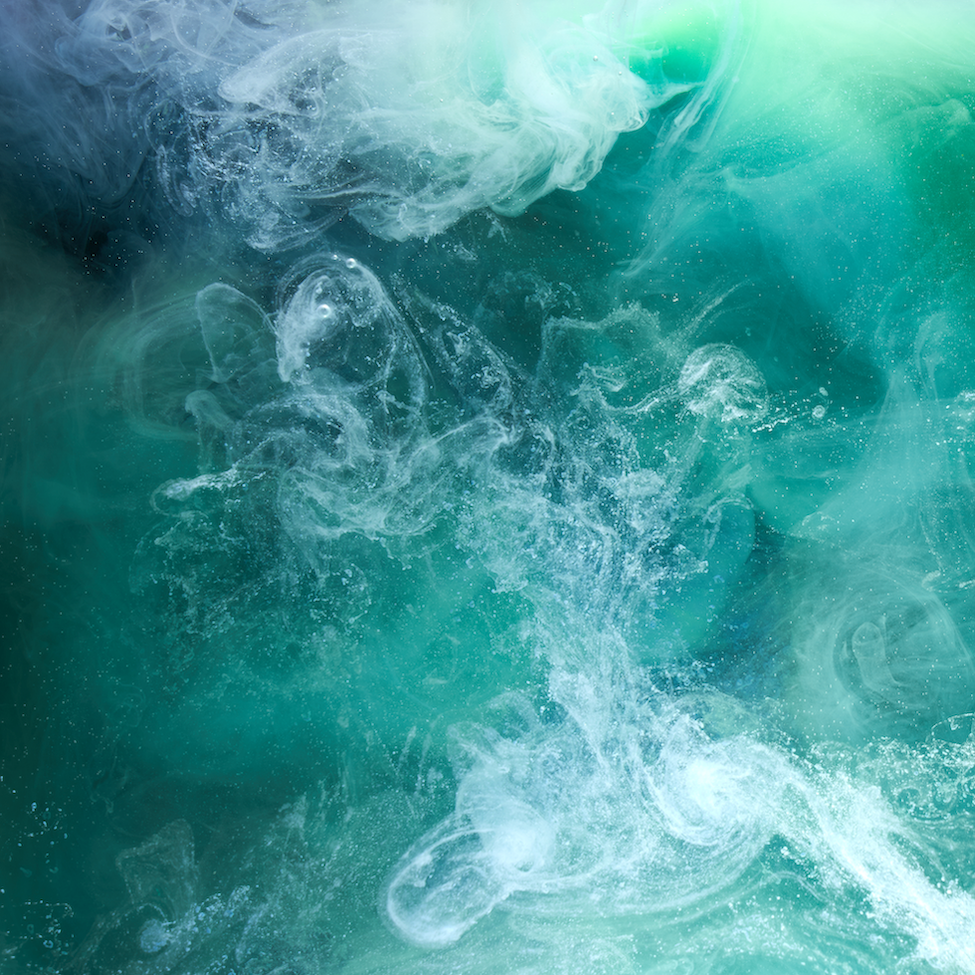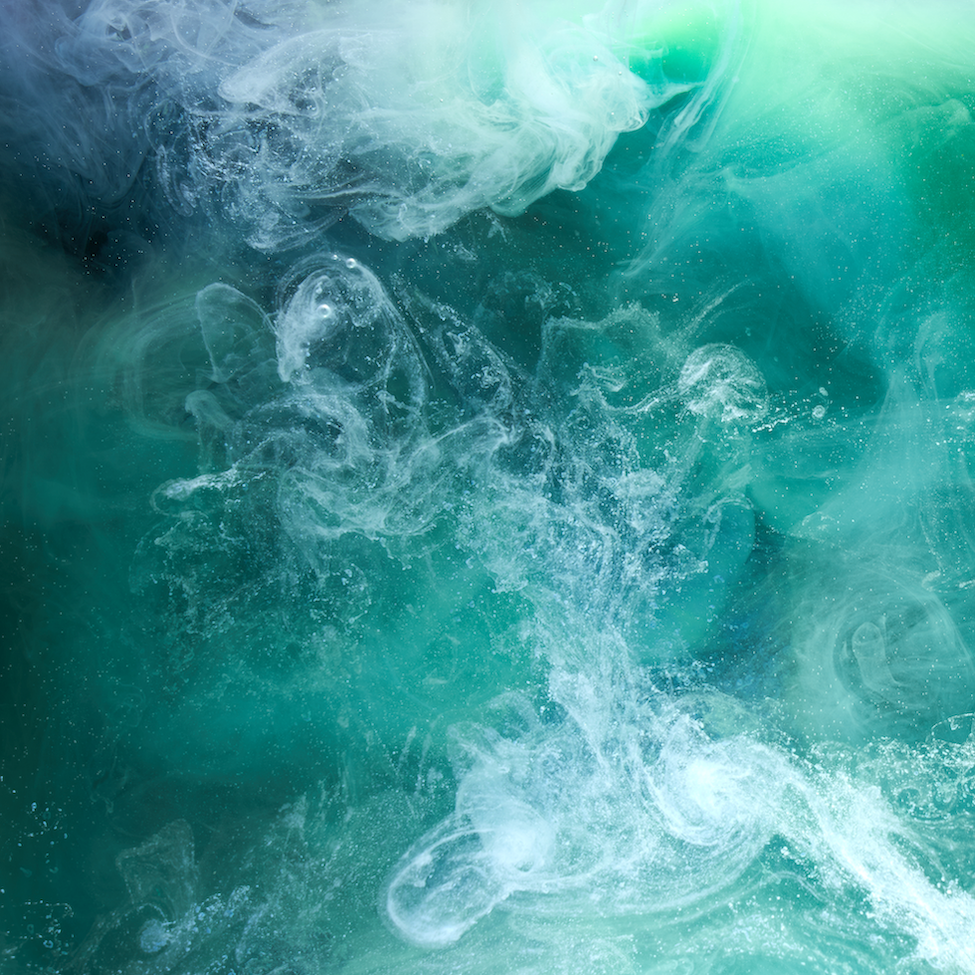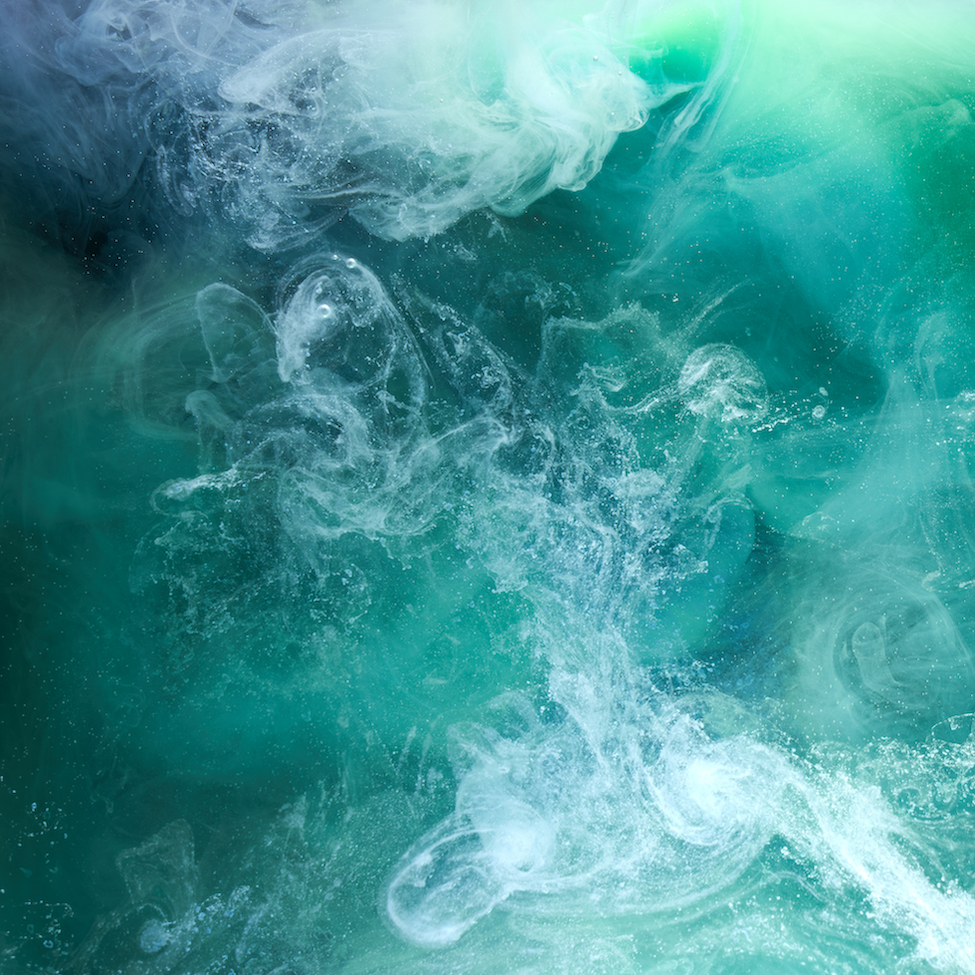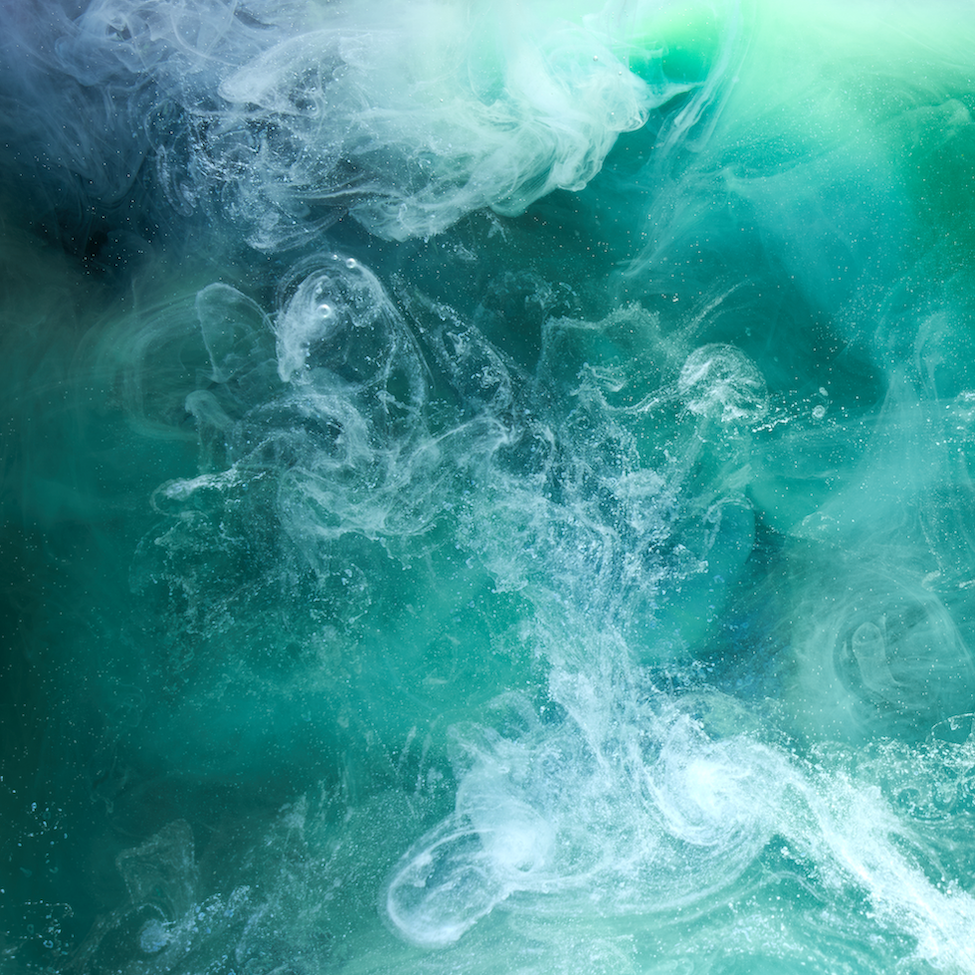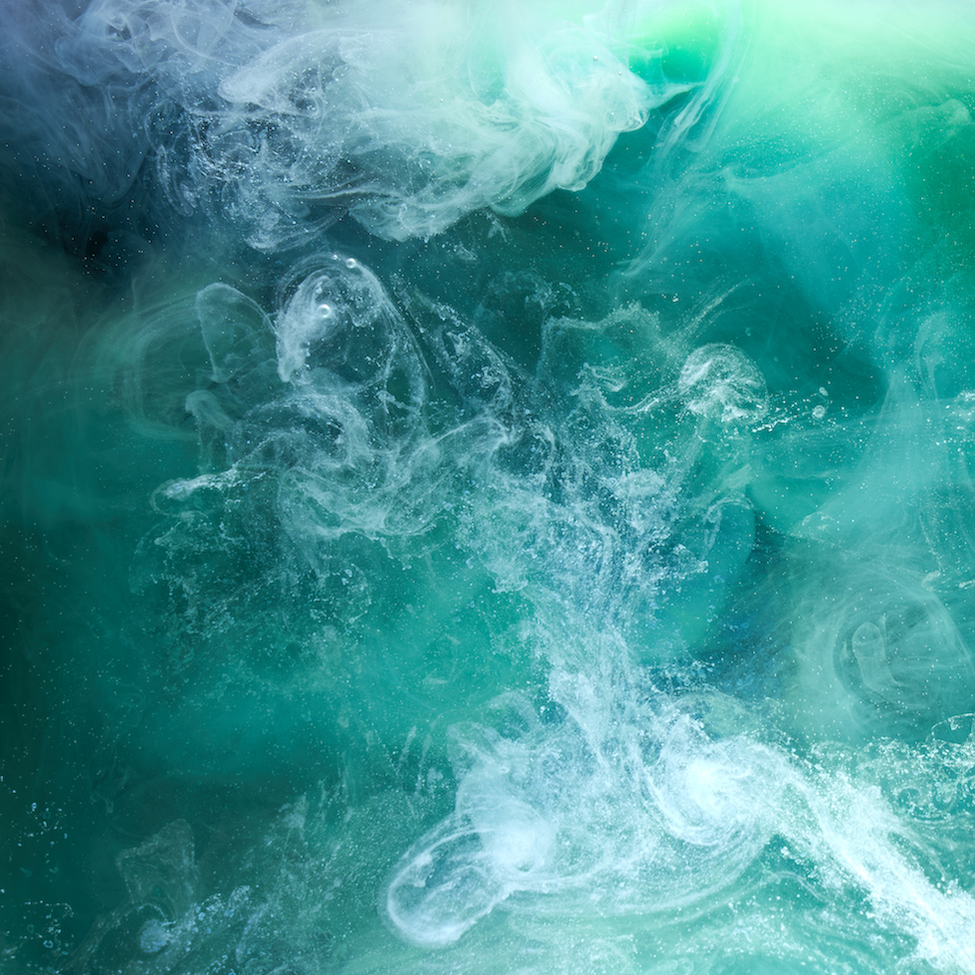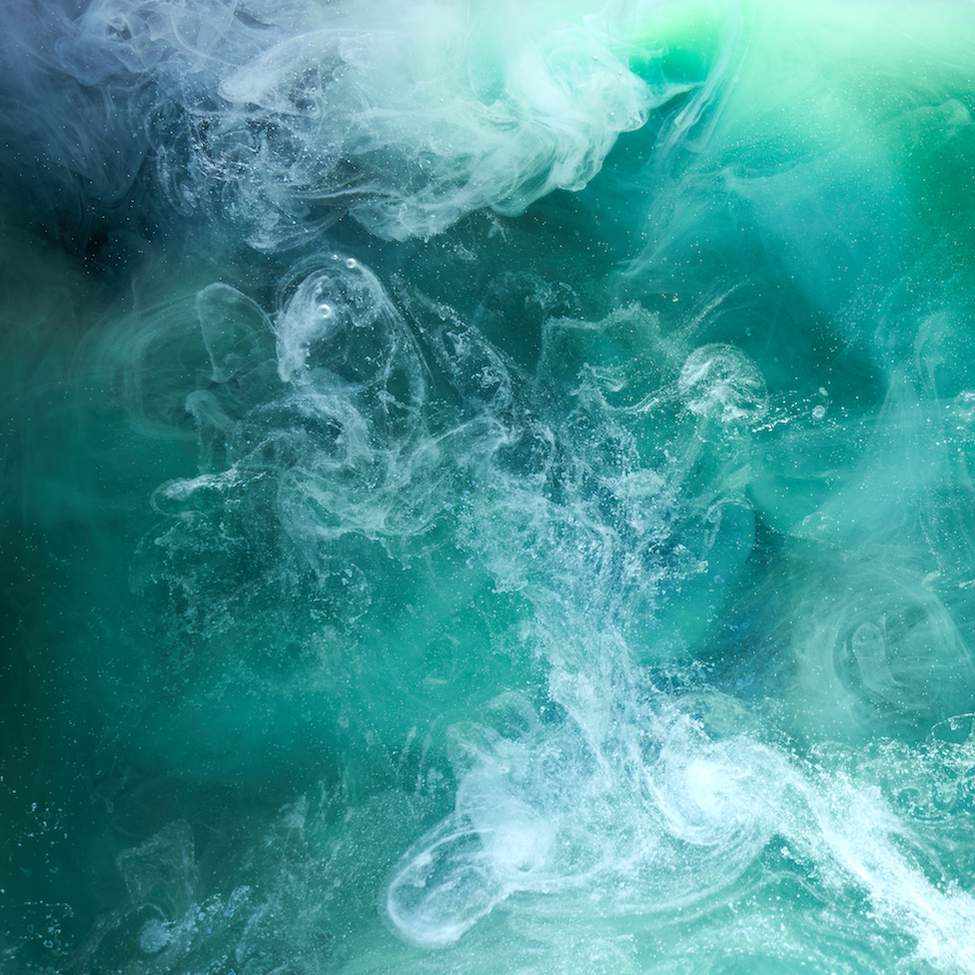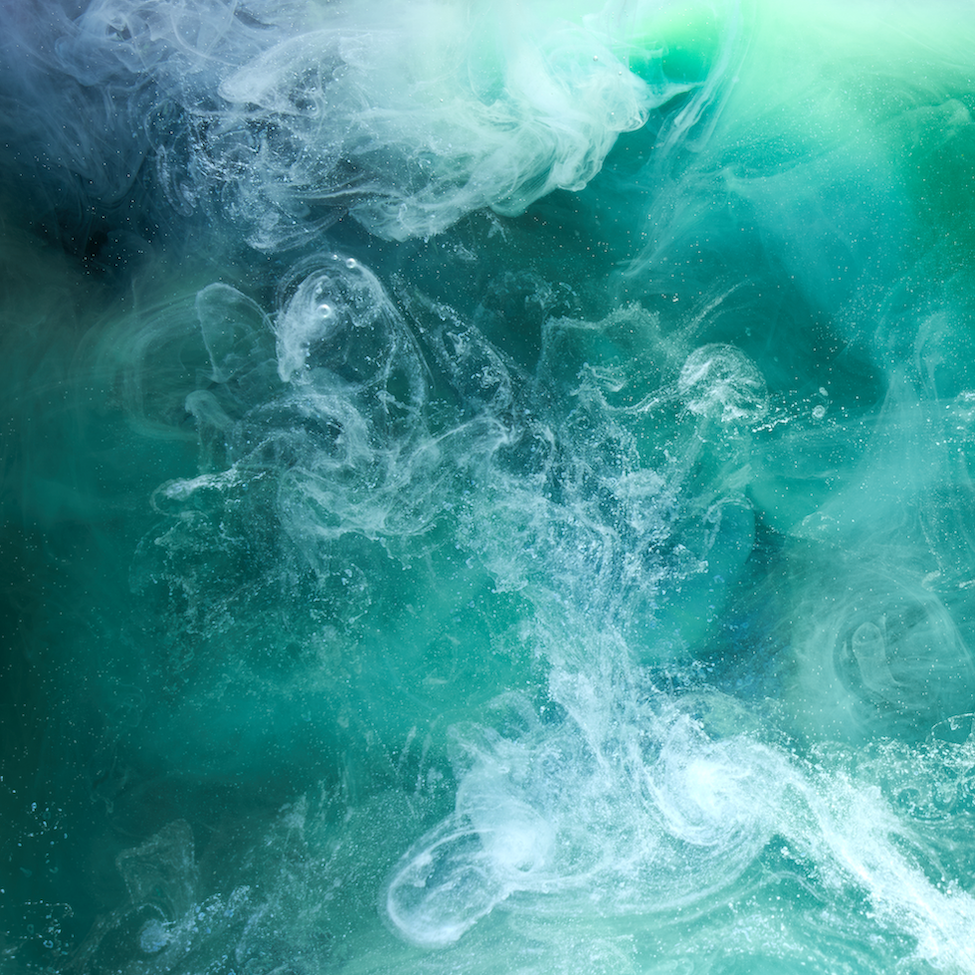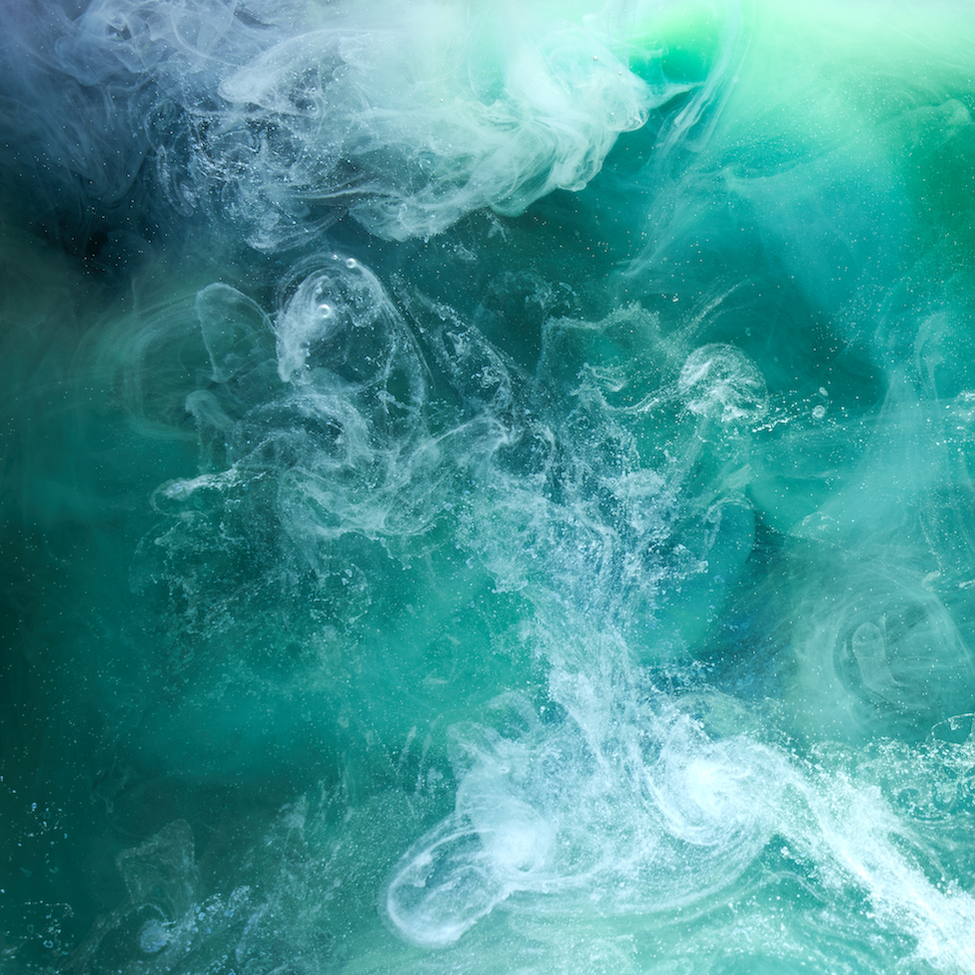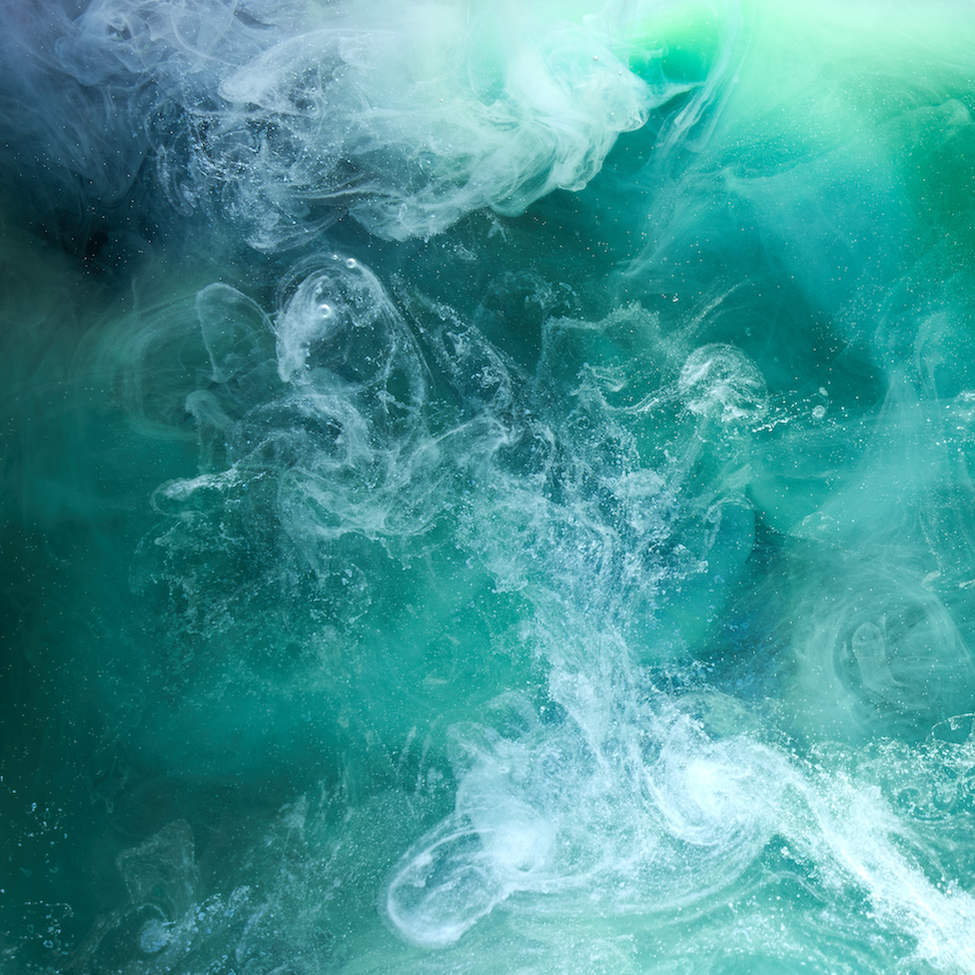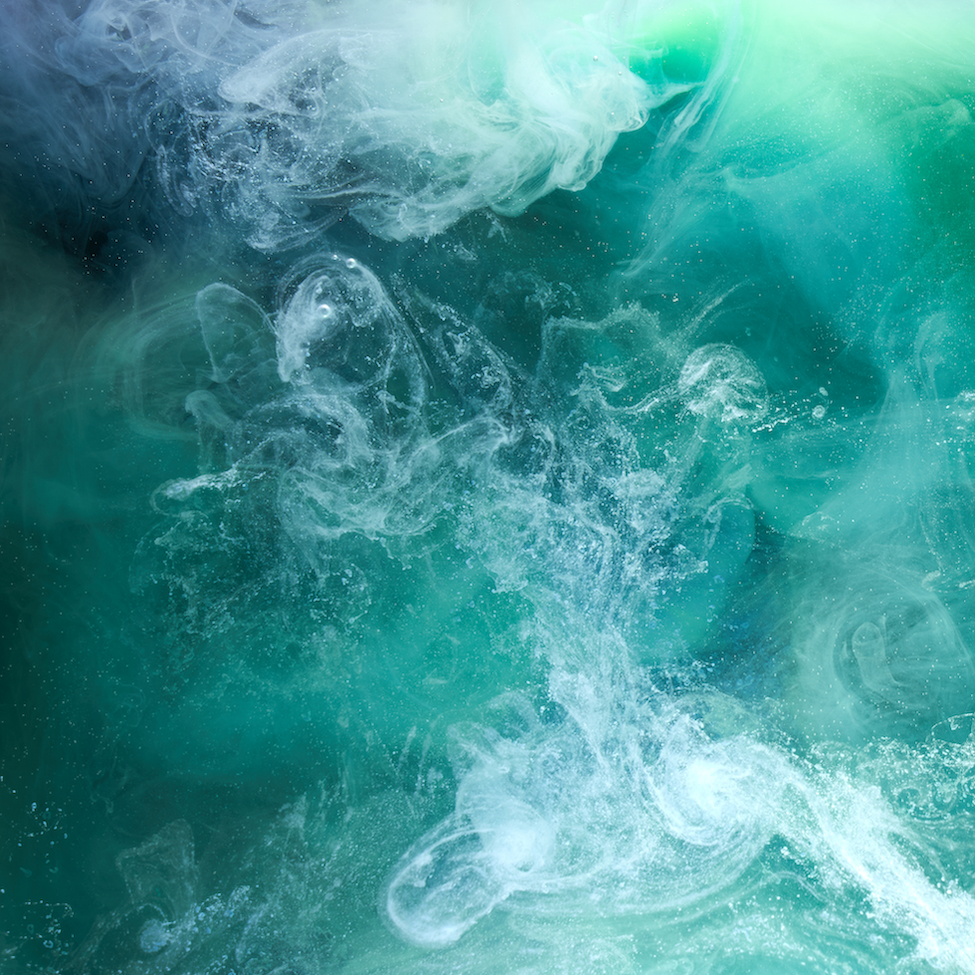Stay informed, stay safe!
Our Viewpoint blog offers the latest MADE SAFE resources for supporting a healthy home and planet. It’s also the first place you’ll learn about newly certified products and announcements from companies participating in our program. Additionally, we invite you to subscribe to our email newsletter for up-to-date info on ingredients, research, and news about protecting yourself and others from toxic chemicals.


